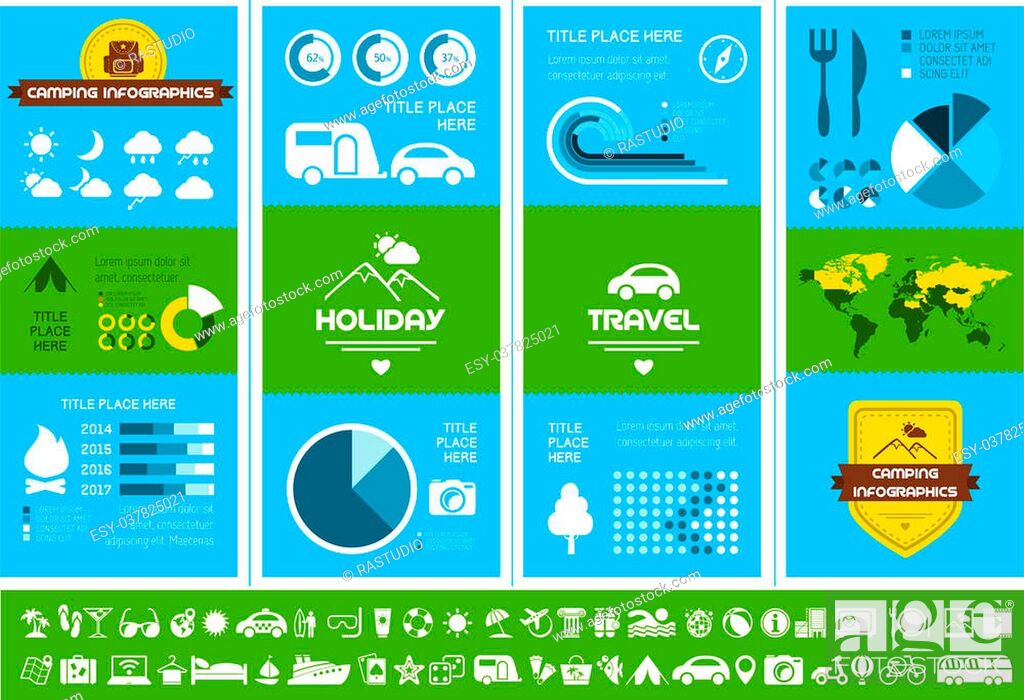While several campers concentrate on a camping tent's canopy to shield them from rainfall, snow, and insects, the camping tent flooring is just as important. A high quality floor provides defense from standing water, soggy mud, and sharp rocks.
At White Duck Outdoors, we provide free-floating vinyl floorings that are personalized to every tent dimension. This enables you to choose a floor liner or utilize your own canvas tarp as a lining.
Sturdiness
There are various kinds of floorings readily available for wall outdoors tents. Free-floating floors are separate pieces that you lay on the ground before developing the outdoor tents, making them simple to set up. A sewn-in flooring is a little bit a lot more complex, yet it supplies excellent security from water and bugs.
Nevertheless, the best option is a tent flooring lining. A liner is thick and pressures any kind of water or pests to go under the flooring instead of with openings in the camping tent. It also lowers the quantity of dirt that enters the outdoor tents, making it easier to clean up and maintain.
All White Duck Outdoors wall surface outdoors tents include a free-floating floor included, so you do not have to bother with buying and installing one independently. We recognize the significance of being able to personalize your room and make camping even more enjoyable. The free-floating floor makes the outdoor tents less complicated to lug, tidy and shop, high-ends that sewn-in or 3/4 floors do not provide.
Weather condition Resistance
When picking a safety cover for industrial or logistical purposes, weather condition resistance is commonly a vital variable. Canvas tarpaulins are traditionally made from natural materials, while vinyl tarpaulins include innovative polymer design. This difference duffel bag in make-up leads to dramatically different performance characteristics, upkeep demands, and suitable applications.
Vinyl tarps are optimal for long term commercial insurance coverage as a result of their sturdiness, water resistant functions and chemical resistance. They also offer great UV protection and are lighter than canvas tarps. These residential or commercial properties make them the recommended selection for covering equipment and building short-lived structures.
Easy Upkeep
The longevity of vinyl floors and their resistance to damage translates right into very little upkeep needs. Wipe-downs with mild soap and water suffice to keep them looking tidy, while stubborn spots can usually be eliminated without much initiative.
On the other hand, canvas covers are more probable to absorb wetness gradually, resulting in mold and mold growth if not effectively dried out or treated. Furthermore, they could call for more regular waterproofing therapies to keep their safety residential or commercial properties.
Furthermore, a woven material like cotton is prone to penetrating and tearing with time, making it more vulnerable to damage from sharp objects or rough surfaces. Vinyl is engineered to stand up to these hazards more effectively, positioning it as an exceptional choice for durable protection applications. On top of that, its synthetic parts provide superior longevity and durability contrasted to canvas materials. Subsequently, they usually have a reduced environmental impact in terms of production and disposal. They also often tend to have a more functional customization ability, helping with the unification of intricate styles and color schemes.
Environmental Influence
Just like all items, it is very important to comprehend the environmental profile of each material. This consists of whatever from raw materials sourcing and manufacturing processes to use durability and end-of-life disposal alternatives. This info allows businesses to make smarter options that line up with sustainability goals while fulfilling functional demands.
Sailcloth normally aligns with eco-conscious goals as a result of its biodegradable nature and lower manufacturing impact. Its lighter weight translates to less storage space and transport demands. Its minimized upkeep needs and longer life expectancy even more reduce overall expenditures.
Plastic, on the other hand, depends on synthetic parts for its sturdiness and weather resistance. Its chemical therapies need high energy input. Plastic's non-biodegradable buildings additionally complicate recycling and waste administration protocols. Nonetheless, it does supply exceptional waterproofing and UV degradation resistance to outdoor environments.
